Superior Iranian Green Tea for Sale
ACPFOOD is where you can buy Camellia sinensis. We provide and sell it in bulk with best quality to wholesalers, manufacturers and retailers because we purchase high quality products directly from farmers and you can buy it from us with the best price.
Green Tea wholesaler, supplier and exporter
To order this product, please contact us.
About Camellia Sinensis
Green tea and Black tea are both made from tea leaves and differ only in color and type of preparation method. Its bright color is green or olive green and it is so called because of its green color.
Green Tea Temperament
Hot and dry
Camellia Sinensis Chemical Constituents
The chemical composition of Green tea is complex: proteins (15-20% dry weight), whose enzymes constitute an important fraction; amino acids (1-4% dry weight) such as theanine or 5-N-ethylglutamine, glutamic acid, tryptophan, glycine, serine, aspartic acid, tyrosine, valine, leucine, threonine, arginine, and lysine;
Carbohydrates (5-7% dry weight) such as cellulose, pectins, glucose, fructose, and sucrose; minerals and trace elements (5% dry weight) such as calcium, magnesium, chromium, manganese, iron, copper, zinc, molybdenum, selenium, sodium, phosphorus, cobalt, strontium, nickel, potassium, fluorine, and aluminum; and trace amounts of lipids (linoleic and α-linolenic acids), sterols (stigmasterol), vitamins (B, C, E), xanthic bases (caffeine, theophylline), pigments (chlorophyll, carotenoids), and volatile compounds (aldehydes, alcohols, esters, lactones, hydrocarbons).
Camellia Sinensis Health Benefits
- Brew it with Black tea and White tea equally and drink it. It is a stimulant and stops diarrhea.
- Drink its brewed tea. Kills viruses and bacteria, neutralizes the activity of carcinogens, lowers high blood pressure and cholesterol and protects blood vessels, stops the flu and herpes viruses.

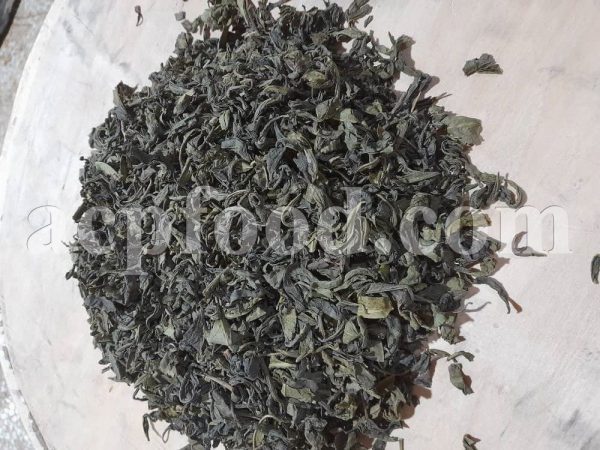
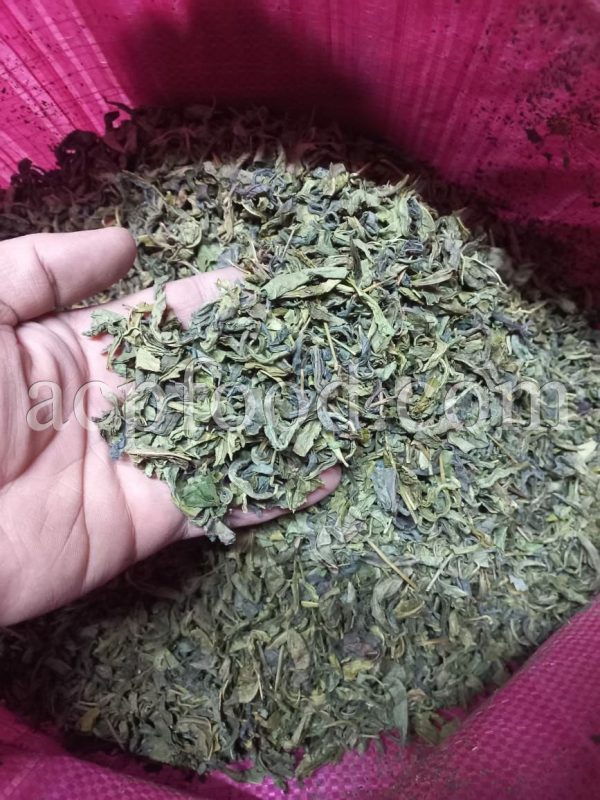
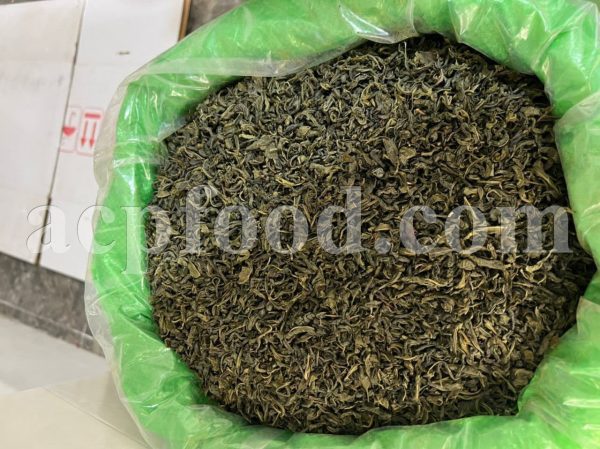
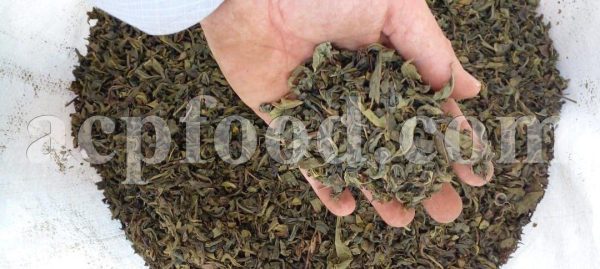
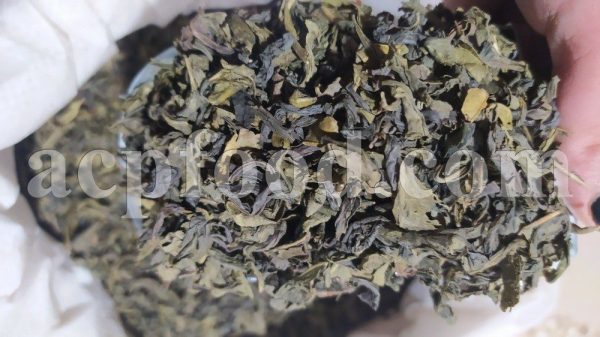
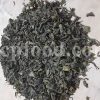
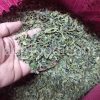
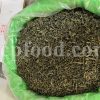
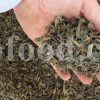
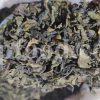
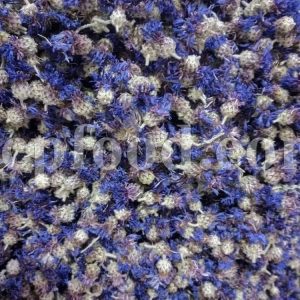
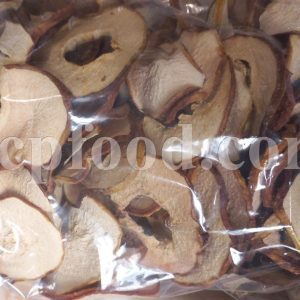
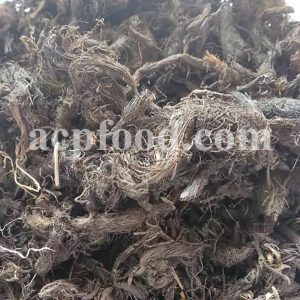
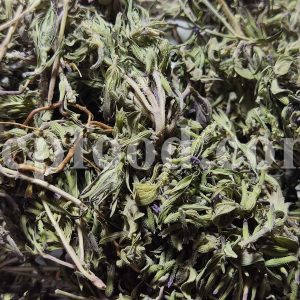
Reviews
There are no reviews yet.